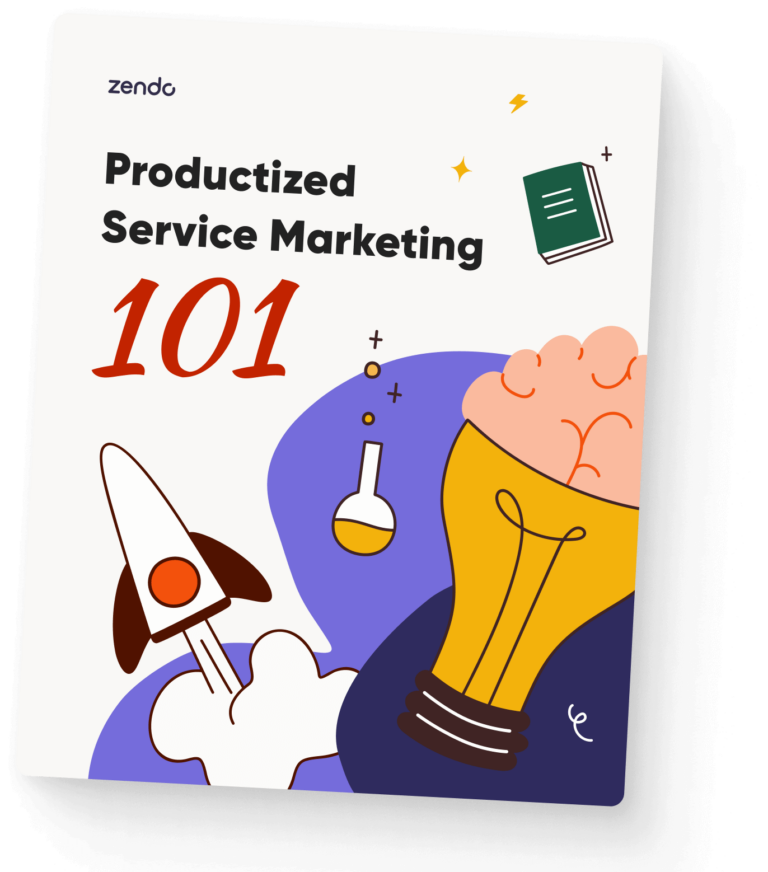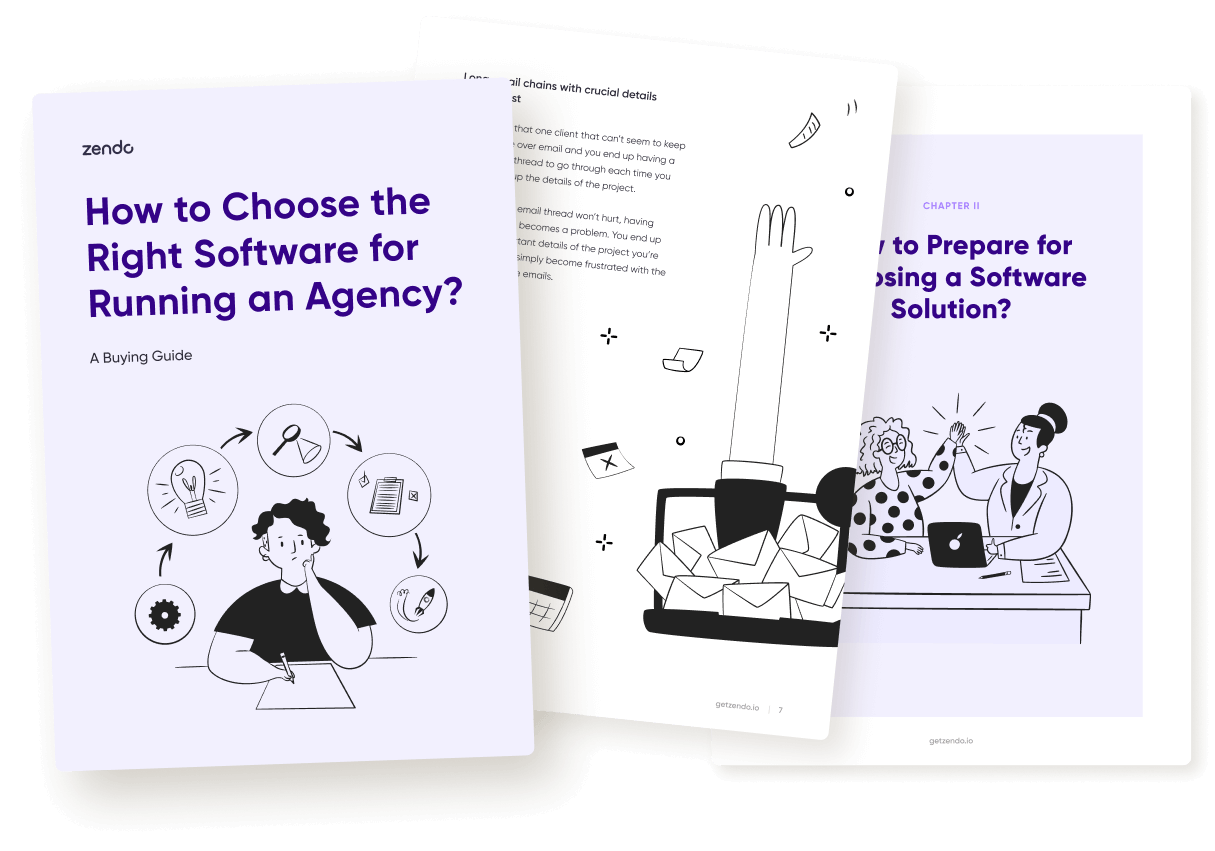WordPress has all the right to look down on any other website builder, having over 60% of market share in hand, and around 800 million websites built using it.
Now, with over 70% of businesses having a website in place, the solutions to enhance it for customers are more important than ever.
One way of enhancing a business online performance is actually through something called a client portal.
And whether that comes as a surprise or not, you can actually build a client portal directly through your WordPress dashboard, thanks to its oh-so-versatile plugins.
The official WordPress marketplace offers dozens of different plugins we can use to create a client portal on our WordPress site, such as the WP Customer Area or the JetPack CRM plugin.
But, is the end result better than using a dedicated client portal software connected with your WordPress website?
Stay tuned to find out.
What Is A WordPress Client Portal?
A WordPress client portal is basically a plugin we can install on our WordPress-based website.
Similarly to Wix or Squarespace Members Area, the most standard versions of the WordPress client portal plugin basically allows us to create client-specific pages.
But there are many plugins available, from completely free to pretty expensive solutions, offering different features & functionalities.
The question is — are they worth all the effort?
The Limitations Of WordPress Client Portal Plugins
There are two main reasons you may want to rethink going for a WordPress client portal plugin.
For one, you will most likely have to bring out your inner seamstress, because there’s not really a one-in-all plugin that covers even the basic client portal requirements. There are separate plugins for adding a login module, sharing files, connecting a payment gateway, managing multiple clients, and so on.
For example, you could combine WP Customer Area for managing private pages for logged-in users and sharing files, Propovoice CRM for lead management & an invoice builder, Subscription DNA for managing & automating a recurring billing business, and Gratisfaction for building loyalty programs.
And even after adding all those plugins, you’ll still lack some essential client portal features, like a module for communication or forms.
An alternative option is going for a plugin of an external client portal software, like SuiteDash or Clinked that basically allow you to create a separate login module to access your SuiteDash or Clinked client portal through your website. But you’ll have to add the costs of SuiteDash and Clinked on top, given any of these two actually fit your client portal needs.
All those WordPress client portals plugins mean not only piling up costs of purchasing and maintaining them, but also the fact that you’ll have to stitch together different solutions, not necessarily having any certainty that they will work together smoothly, or even look cohesive.
Which takes us to the second reason for taking a different route than plugins for building a client portal on a WordPress-based website — the outdated UI.
Not only does the setup and settings bear that 2000-like early internet look, but also the frontend presented to clients, which ultimately reflects all on your business.
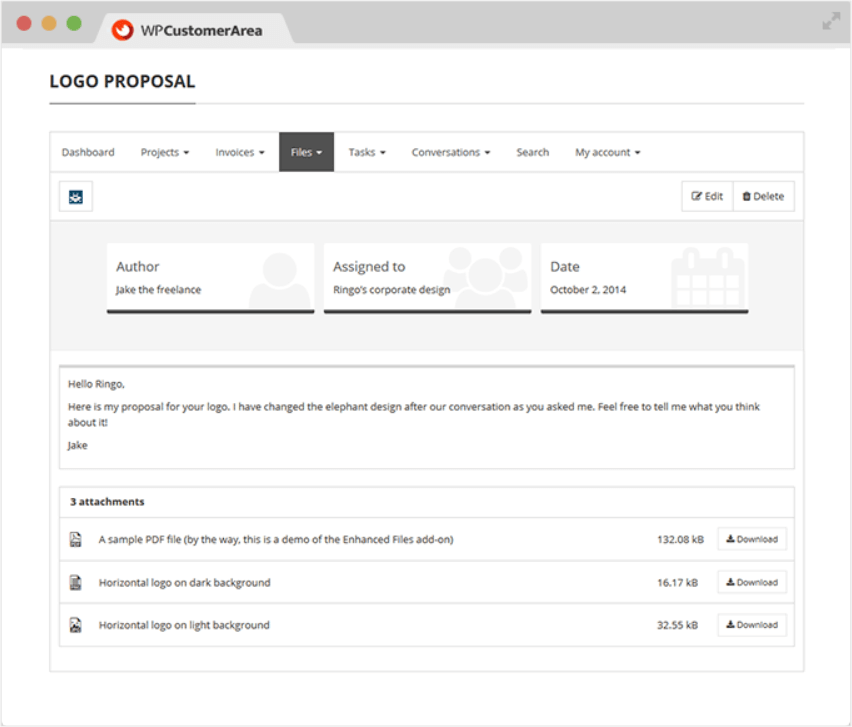
Dedicated Client Portal Software For Any WordPress Website
Using a dedicated client portal software for your WordPress website instead ensures the cohesiveness of all its modules & features, provided by one tool.
And the tool we’ll be using to build our modern client portal that has everything we need is Zendo.
But, before tackling any of the setup, let’s answer the most pressing question first.
Is Zendo WordPress-compatible?
And the answer is yes! Zendo is 100% compatible with WordPress, Squarespace, Wix, Webflow, or any other website builder.
Once you build your dream client portal, you can connect it directly with your WordPress-based website using a custom domain feature. That way, the base URL of your client portal will remain the same as that of your website.
Moreover, Zendo offers a customizable sign up and login page that you can easily link to from a “Log in” button on your website. The button will then lead directly to your client portal, creating a smooth customer journey.
And if you decide to sell services through Zendo, you can also easily create checkout pages and link directly to them, whether through pricing pages or anyplace else.
Now, knowing the basic compatibility of a dedicated client portal solution with a WordPress-based website, let’s go through the exact features we get with this one tool.
Zendo: The Abundance Of Features
Instead of creating a patchwork solution of dozens of plugins glued together, Zendo gives you a whole army of features under one roof.
Client Dashboards
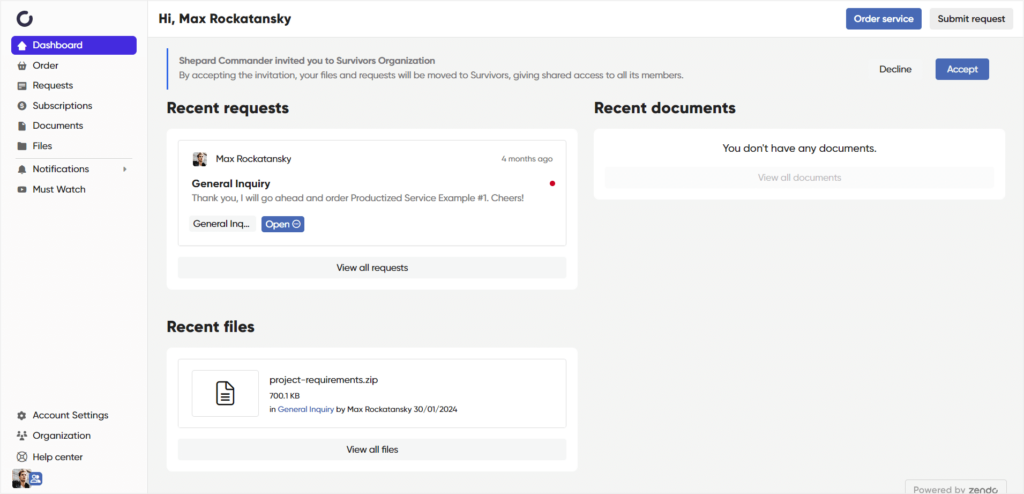
Starting off with the basics, Zendo gives each one of your clients a personalized dashboard with all the recent information for easy access, including invoices, shared files, submitted requests, and purchased subscriptions.
Client Profiles
Next, each of your clients has their own profile in the client portal, allowing them to update their personal information, switch up the notifications settings, or change the language of their client portal end.

But, the client profiles also bring many benefits to business owners as well. You also get to peek into every client profile created on Zendo, and check every request, subscription, quote, invoice, file, or note shared with that client.
The personal details filled in by clients are also visible right in their profile on your end, along with a cheeky option to impersonate them.
What’s that?
Funny you ask, the impersonation feature actually lets you peek into your client’s accounts, to either check if everything is looking just right on their end or perform some of the actions on their behalf.
Real-Time Communication
Although usually neglected in client portals, Zendo actually offers an effective way to communicate with your clients.
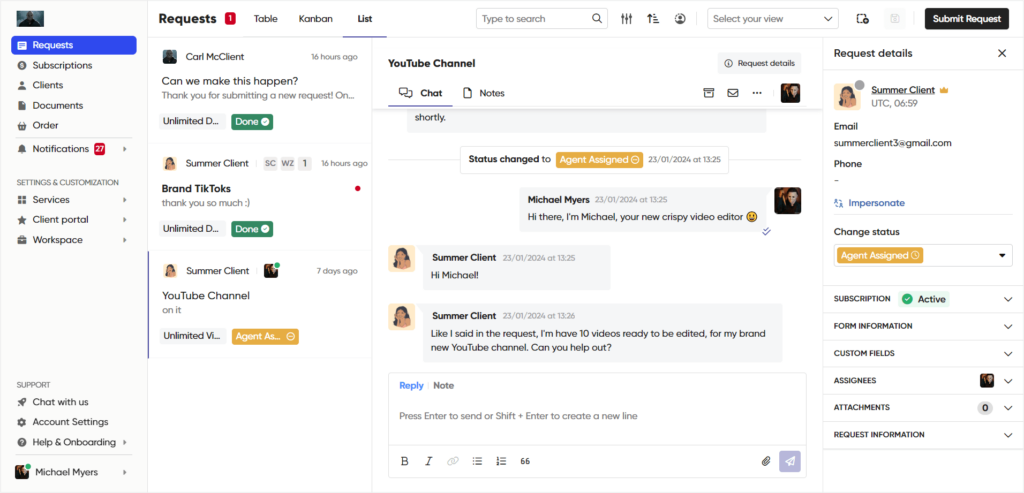
And the magic pill in this client portal software is its real-time chat. Just like you’d be chatting with a colleague on Slack or with a friend on Telegram, using Zendo’s real-time solution you’ll be one message away from that transparent business conversation we all need.

But besides just exchanging messages, Zendo’s real-time chat is also perfectly equipped to handle any business-related setbacks, even if that’s sending a quote or issuing an invoice with a click of the button, sending a payment request, completing a payment, or collecting essential information on a client’s request.
Workflows & Statuses
Messages however are not the only way to keep your clients up-to-date and calm.
To easily showcase the progress of your work, you can add custom-made statuses and pin them to different workflows in Zendo.

For example, adding “In writing” or “SEO optimization” statuses to appear for clients who purchased your copywriting services, and “In editing” or “Post production” statuses for clients who purchased your video editing services.
Workflows in Zendo are also the place to add a few automations for even more efficiency. For example, you can set up automatic status changes based on specified triggers, like a quote being sent.
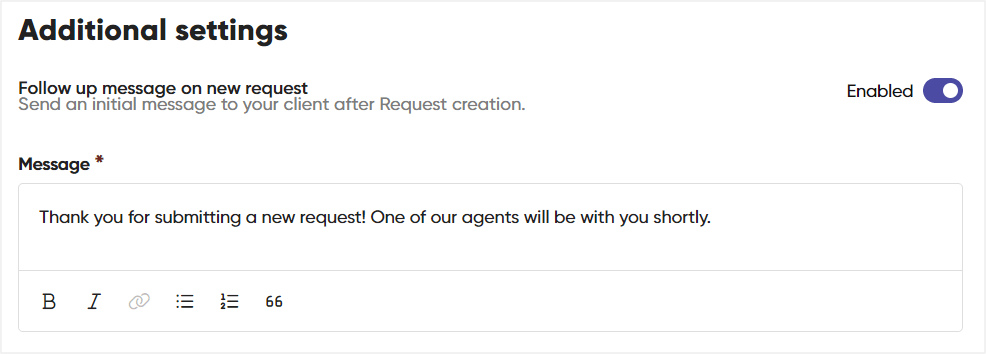
A nice cherry on top is setting up an automatic initial message for each of your workflows, to ensure that the first touchpoint with clients comes in ASAP.
Personalized Pages
Just like in a WordPress client portal plugin, either WP Customer Area or similar, Zendo also makes it possible to create private pages for clients.
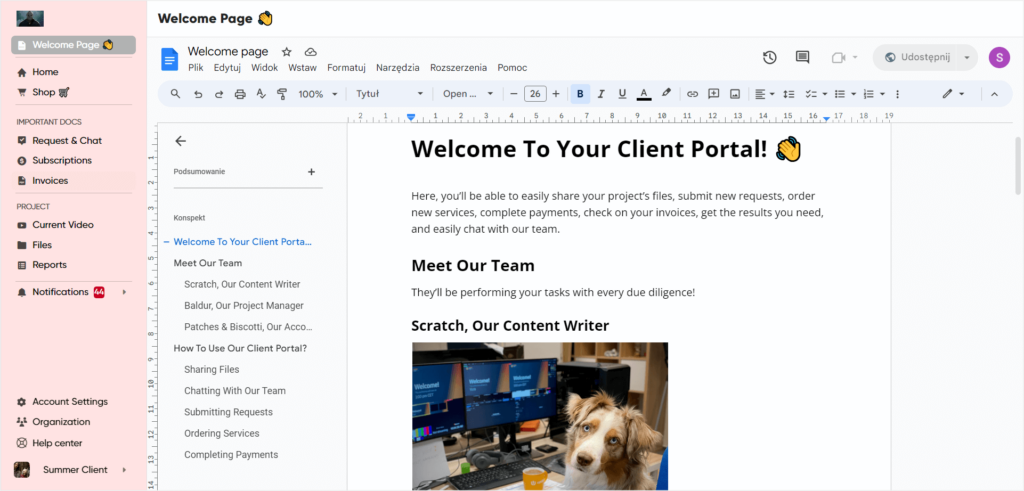
With its customizable client portal sidebar, you can embed different applications, including Google Docs with the content of your choice to easily share private information with your clients.
Restricting your client portal sidebar ensures that only selected clients can access its content. You can create a personalized client portal for each of your customer or customer group.
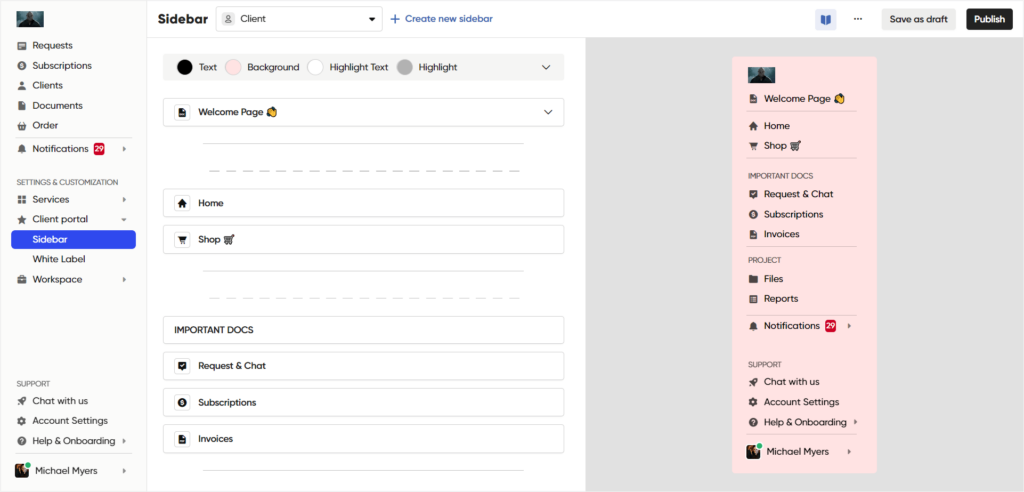
From adding a welcome page, embedding a YouTube video, a project you’ve completed on Figma, your own Calendly for booking meetings, or sharing a report from AirTable, you can personalize each client portal down to a dot.
But these modules are not all there is to it.
Zendo also makes it easy to take care of the visual aspect of your client portal, allowing you to add custom colors, switch up the icons, change the naming of your client portal elements or switch up their order by dragging and dropping.
Requests
Let’s now switch the focus to client actions again, and discuss how raising potential queries, tasks, or subscription requests happens through Zendo.
After logging in, your clients will have a few options of placing new topics on board.
This can either happen through your Service Catalog that collects your services, including the free-of-charge ones for submitting requests, the client’s dashboard, or the Requests tab.
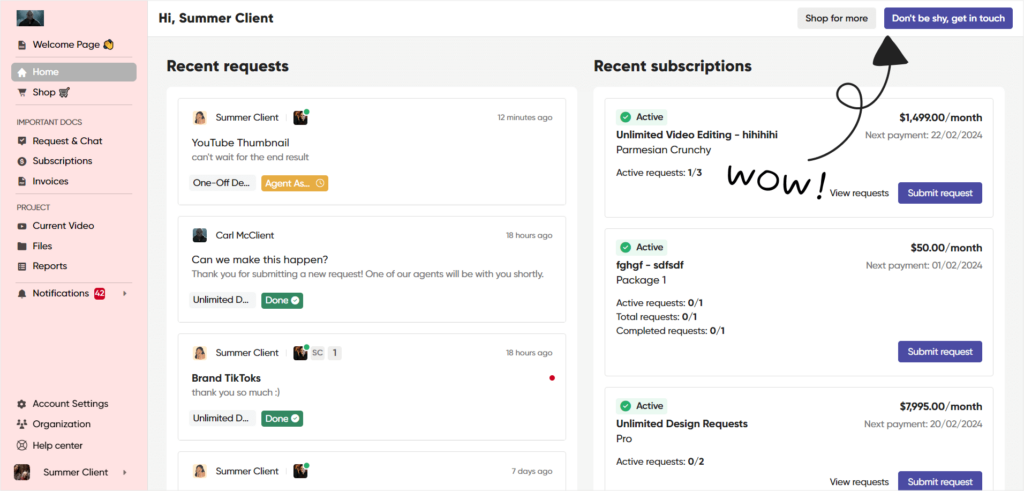
To personalize things further, you can customize the text on the button leading to submitting requests in your client portal. The default one is simply “Submit request”, but you can spice things up and change it to whatever you please, whether that’s “Get in touch”, “Reach out”, or simply “Make It Rain”, if you’re feeling unhelpful.
Clicking a button triggers an intake form to popup, which you can prepare in the settings of your client portal. The forms come with a multitude of different field types, from URL, long or short message, multiselect, or file upload.
Once your clients fill in the intake form and submit their request, it will join the list of other queries in the Requests tab.
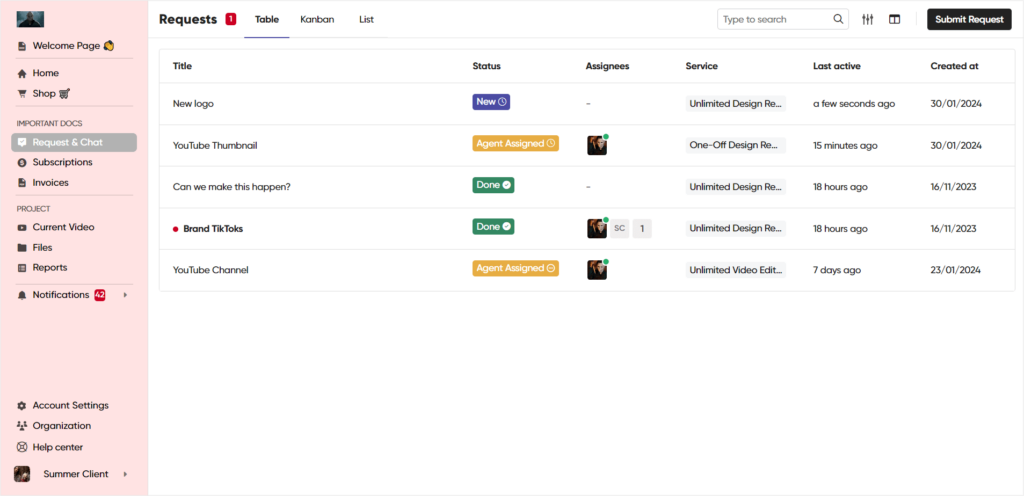
For ultimate clarity, you and your clients can view the submitted requests in list, table, and Kanban views, as well as sort through them using a variety of filters.
As far as handling each request, it actually happens through the real-time chat we’ve mentioned in the previous paragraph, concerning client communication. That way, you can ensure both parties can discuss each inquiry in detail and resolve it in no time.
Selling Services
Yet, submitting & managing requests is not the only function of Zendo.
This software is also here to make service selling easy.
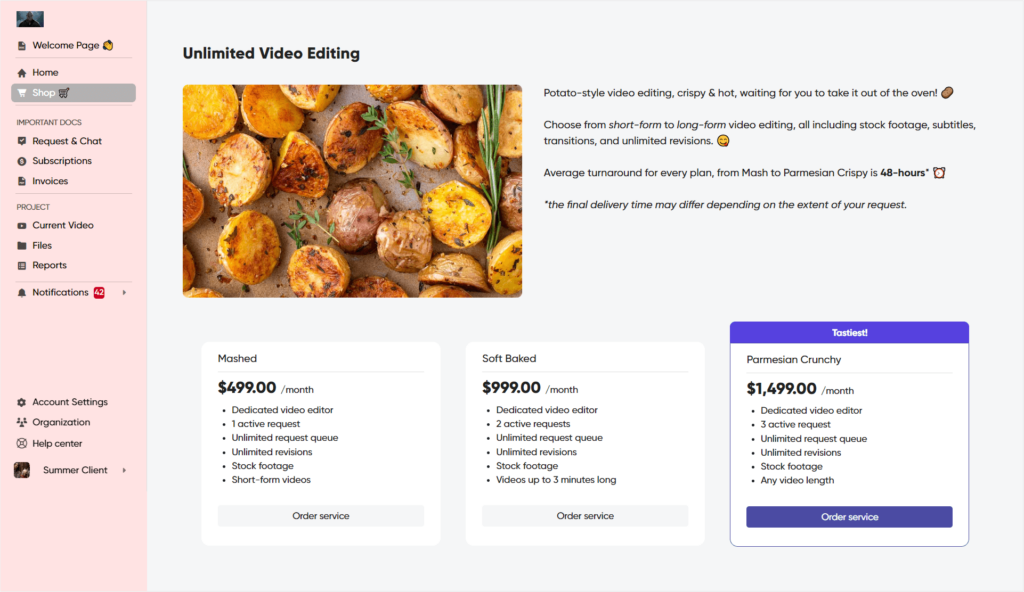
So any features from Stripe payments, checkouts, order forms, adding different types of services, upselling, discounts, subscriptions, or free trials are also very much on board.
The Costs
Given that you’re getting a whole army of professional client portal features, all in one tool, that surely means it’s going to be expensive, right?
Well, it heavily depends on the exact client portal software you choose, but if you’ll go with Zendo, the costs are pretty minimal. In some cases even non-existent.
Here is a simple breakdown of Zendo’s pricing.
| Billing | Essential | Pro | Max |
| Monthly | FREE | $49/mo | $199/mo |
| Annual | FREE | $24.50/mo | $99.50/mo |
The Essential plan is a free forever option, with all the basic client portal and service selling features, unlimited clients, requests, and one user on board.
The Pro plan unlocks the advanced custom client portal features, like embedding external apps or the possibility of connecting a custom domain to our workspace. This plan comes with 2 users and the possibility of purchasing additional seats.
The Max plan is the ultimate white-label powerhouse, removing any “Powered by Zendo” badges left, adding custom external applications into the equation, and giving you unlimited users to add for operating the platform.
Conclusion: Choose A More Compatible Option
Having tested and analyzed many client portal solutions, from the Members Area we can build on Wix and Squarespace, to the client portal features available in all sorts of project management software, to complete dedicated solutions, we can safely say that WordPress plugins are not one the best client portal options on the market.
In our opinion, the most efficient way to create a client portal is by using dedicated software for that purpose.
Not only will you be able to access all the essential features, from client dashboards, to real-time chats for communication or easy request management, you’ll also be able to make your client portal truly yours with many customization and white labeling options. And what’s the most essential, you can find truly powerful all-in-one tools, instead of installing a dozen different plugins.
Don’t even worry about compatibility too.
Dedicated software gives you the option to easily combine your customer portal with your WordPress-based website using the custom domain feature or adding a custom sign up and login page for easy clients’ access.
All that you’ll have to do is add a few buttons on your website with a direct link to your client portal so that each client can self-serve and log in whenever they want or need.
Make client management easy and efficient, instead of a patchwork of outdated solutions.

A free online training. Delivered daily to your inbox to grow your productized agency.
Frequently Asked Questions: WordPress Client Portal
What Is A WordPress Client Portal?
WordPress doesn’t offer a client portal per se, but with its numerous plugins, we can find some that add client portal functionality into our WordPress-based website. Popular client portal plugins include WP Customer Area, JetPack CRM, Propovoice CRM, SuiteDash, Client Portal, or Clinked.
Which Plugin Should You Install To Create A Client Portal In WordPress?
Since most WordPress client portal plugins don’t come in an all-in-one mode, you will most likely have to install a bunch of plugins and glue them together for a complete client portal. For example, install WP Customer Area for building private pages for your clients, Subscription DNA for managing your recurring business, Forminator for contact forms, and combine that with appropriate payment plugins to allow different kinds of payments, from Stripe to PayPal.
What Are The Cons Of WordPress Client Portal Plugins?
There are two main cons of WordPress client portal plugins. For one, we have to stitch together different solutions and pray to the WordPress gods that they’ll work together seamlessly instead of having an all-in-one or at least the basics-in-one solution. For two, the UI of the plugins is giving 2000-early-internet era, not necessarily being accustomed to today’s standards.
Why Using A Dedicated Client Portal Software Is More Efficient?
Using a dedicated secure client portal software, like Zendo, instead of a bunch of WordPress client portal plugins, comes with a whole array of benefits. With the biggest one being the fact that you’re getting numerous features, all in one tool, from intake forms, to payments, to services, subscriptions, real-time chat for client communication, private pages, requests, and more, under an actually modern solution.










